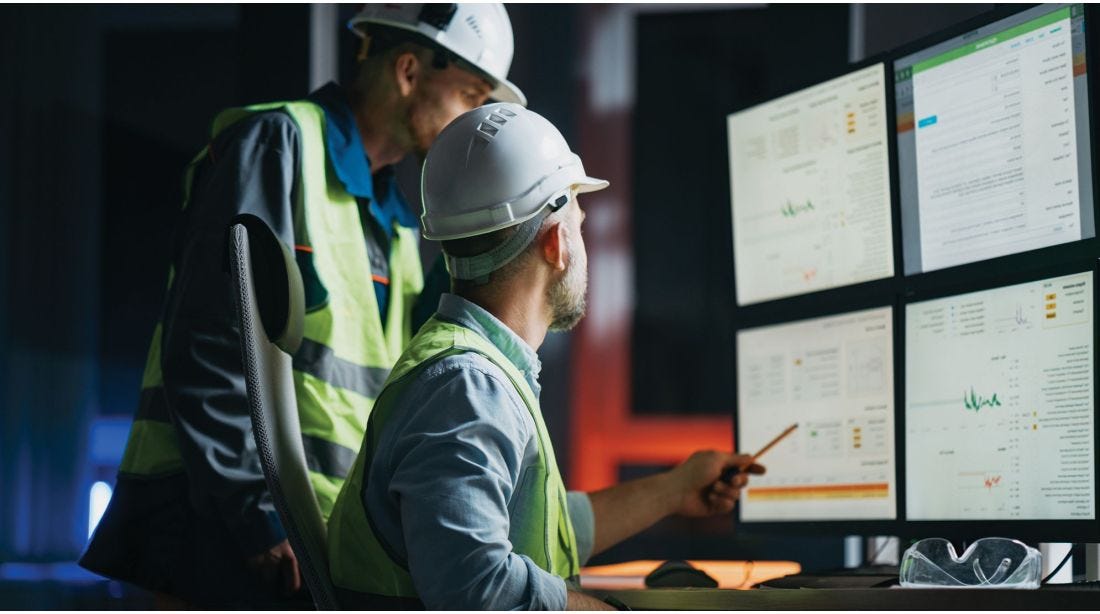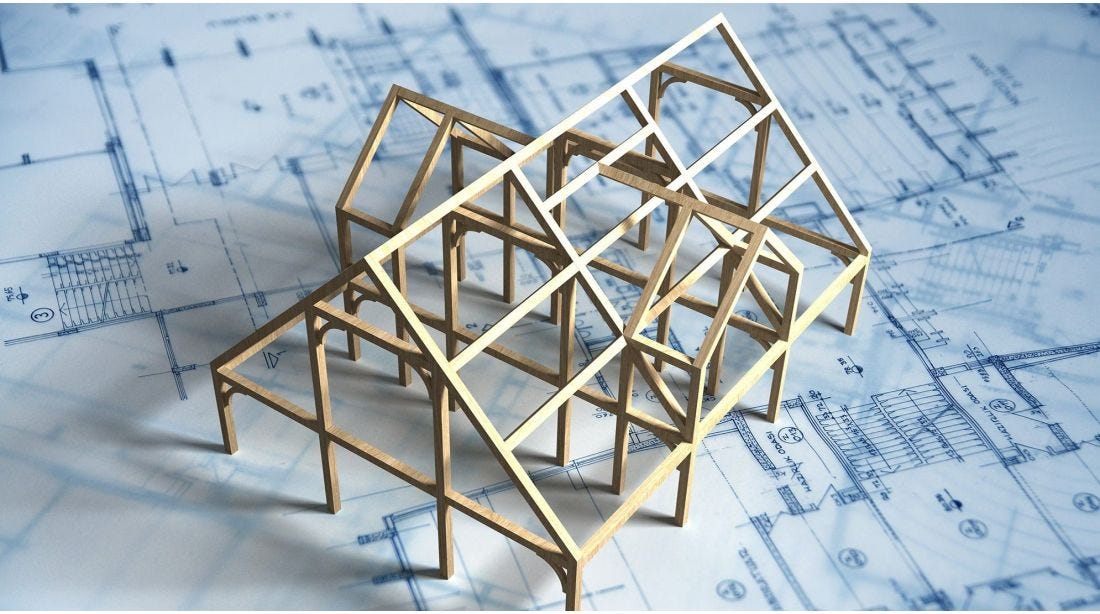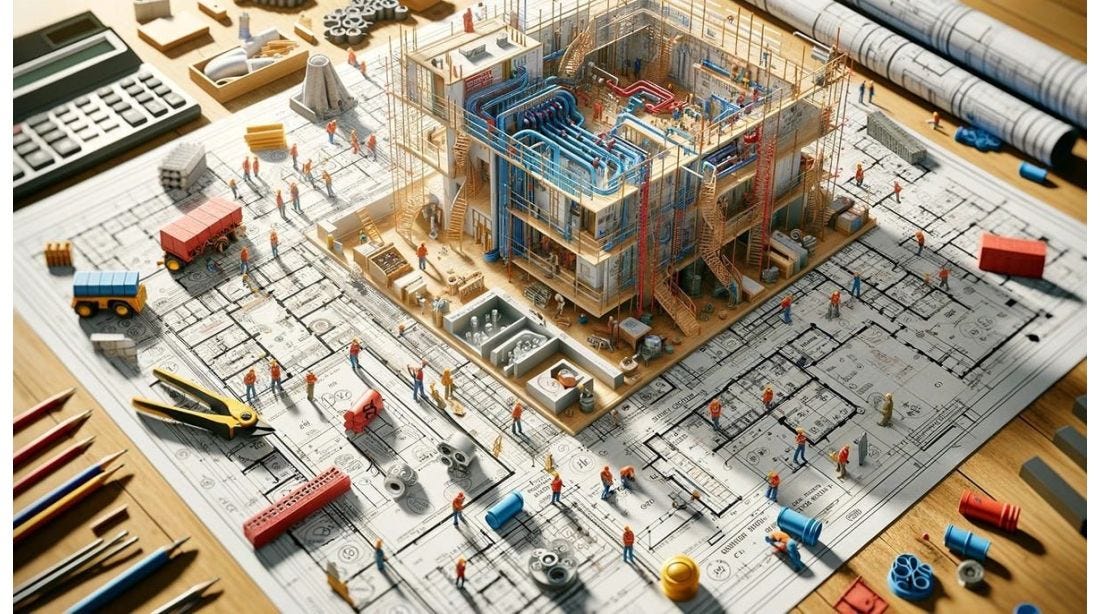Mastering Material Takeoff in Construction: A Comprehensive Guide
As a construction professional, whether you're a seasoned contractor or an emerging project manager, understanding the intricacies of material takeoff is crucial for the success of your projects. A precise material takeoff can be the difference between a profitable project and a financial misstep. In this comprehensive guide, we will dive into the definition, importance and best practices of material takeoff, ensuring that you're equipped to tackle your next project with confidence.
What Is Material Takeoff?
Material takeoff, often referred to as quantity takeoff, is the process of breaking down a construction project into its component parts to quantify and calculate the amount of materials required to complete the work. This meticulous process involves analyzing project drawings and specifications to identify every piece of material needed, from the volume of concrete for the foundation to the number of nails for the framing.
The importance of material takeoff cannot be overstated; it serves as the foundation for accurate construction estimating, budgeting, scheduling and procurement. A detailed takeoff helps prevent material shortages that can cause project delays, cost overruns and excess orders that lead to wasteful spending.
Best Practices for Material Takeoff
Utilize the Right Tools and Software
In today's digital age, leveraging the latest takeoff software is a game-changer for improving accuracy and efficiency. It’s essential to invest in training to master these technologies, as they can significantly reduce human error and save time in the long run.
Understand Project Documents Thoroughly
A thorough understanding of construction drawings, blueprints and specifications is paramount. Familiarize yourself with the various symbols, scales and terminologies. Misinterpretation of these documents can lead to incorrect material estimates, so always double-check your understanding, and don't hesitate to contact architects or engineers for clarification.
Standardize Your Takeoff Process
Consistency is key when conducting material takeoffs. Develop a standardized process that includes a checklist of materials to ensure nothing is overlooked. Use a systematic approach, such as starting from the ground up or from the exterior to the interior, to ensure that all materials are accounted for. Be sure to maintain uniform units of measure through the process to ensure accurate calculations and easy comparison between different tasks and elements within the project.
Detail and Organize Your Takeoff
Adding detailed item descriptions, quantities and units of measure improves the clarity of your takeoff, making the estimate more understandable. It also facilitates easy cross-referencing with vendors for pricing. Organize your takeoff in a logical manner, grouping similar materials together. This organization will streamline the procurement process and make it easier to negotiate with suppliers.
Consider Material Waste and Overages
Account for waste and overages in your takeoff. It's common practice to add a percentage to specific materials to compensate for cutting errors, damage or other unforeseen wastage. The percentage can vary depending on the material type and project complexity, but a general rule of thumb is to add approximately 5-10%.
Update Your Takeoffs Regularly
Construction projects are dynamic, with frequent design changes. It's essential to keep your material takeoff up-to-date with the latest project documents. Regular updates ensure that material orders reflect the project’s current state, avoiding costly last-minute changes.
Maintain Updated Cost Data
Construction projects are susceptible to evolving market dynamics, impacting the overall cost of a project. Keeping up with a regularly updated cost database will ensure that cost estimates are aligned with the latest market conditions.
Cross-Check Your Work
After completing your takeoff, cross-check your work with colleagues or use software to verify quantities. This practice helps catch any discrepancies and construction estimating mistakes, providing an opportunity for peer learning and improvement.
Embrace Continuous Learning
The construction industry is ever-evolving with new materials and methods being introduced regularly. Stay informed about industry trends and advancements in takeoff techniques to refine your skills and maintain a competitive edge.
In construction planning and management, accurately determining the required supplies through material takeoff is a fundamental component of ensuring the project’s success. These steps ensure construction professionals can complete projects on time, within budget and to the desired quality standards.
It’s vital to remember that material takeoff goes beyond numbers; it requires a thorough understanding of the entire project and anticipating potential needs and challenges that may arise during construction. When you master material takeoff, you become a crucial asset to any construction team capable of delivering successful projects that stand the test of time.
Ready to enhance your construction estimating? eTakeoff Dimension offers a comprehensive digital viewing and PDF quantity measurement software package designed for estimators from various sectors in the construction industry. By combining eTakeoff with RSMeans Data Online, you gain access to specialized customer support for both platforms, conveniently centralized for your ease.
Contact our team today for a walkthrough of eTakeoff Dimension.





